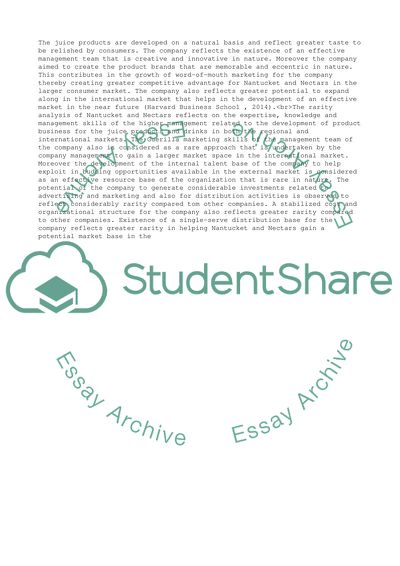Cite this document
(Nantantucket Nectars Case Study Analysis Example | Topics and Well Written Essays - 3500 words, n.d.)
Nantantucket Nectars Case Study Analysis Example | Topics and Well Written Essays - 3500 words. https://studentshare.org/business/1846551-nantantucket-nectars-case-study-analysis
Nantantucket Nectars Case Study Analysis Example | Topics and Well Written Essays - 3500 words. https://studentshare.org/business/1846551-nantantucket-nectars-case-study-analysis
(Nantantucket Nectars Case Study Analysis Example | Topics and Well Written Essays - 3500 Words)
Nantantucket Nectars Case Study Analysis Example | Topics and Well Written Essays - 3500 Words. https://studentshare.org/business/1846551-nantantucket-nectars-case-study-analysis.
Nantantucket Nectars Case Study Analysis Example | Topics and Well Written Essays - 3500 Words. https://studentshare.org/business/1846551-nantantucket-nectars-case-study-analysis.
“Nantantucket Nectars Case Study Analysis Example | Topics and Well Written Essays - 3500 Words”. https://studentshare.org/business/1846551-nantantucket-nectars-case-study-analysis.


